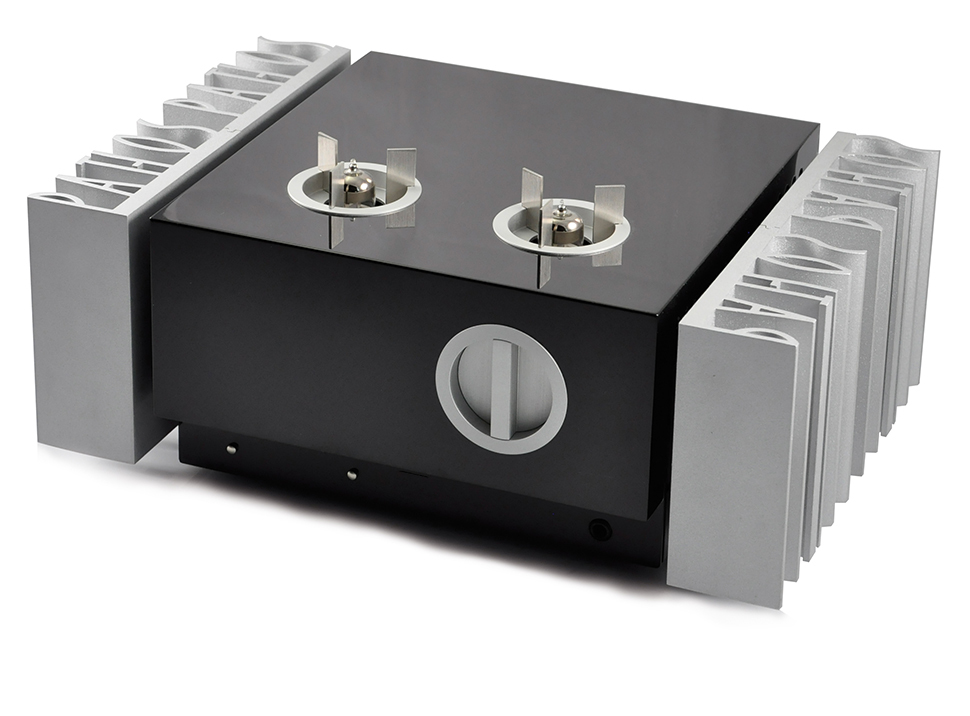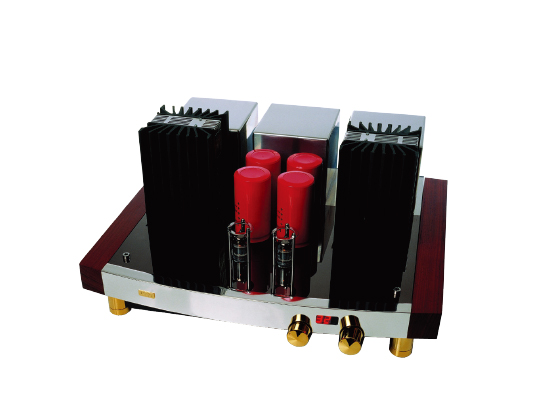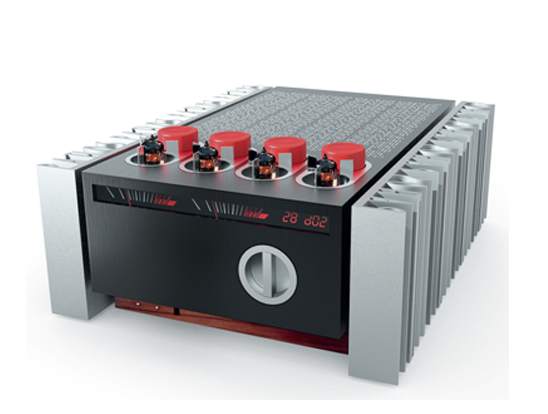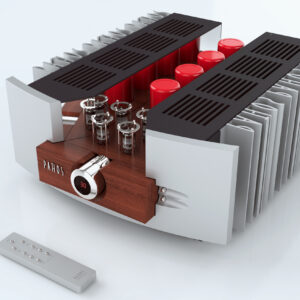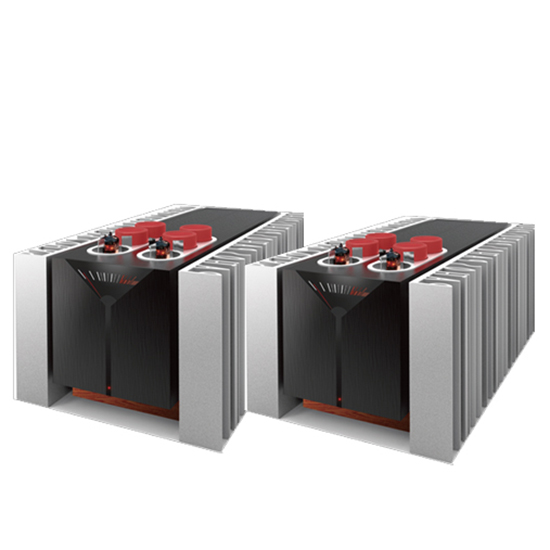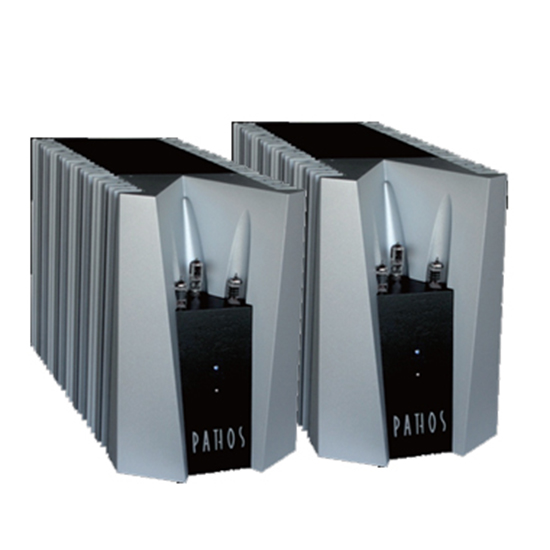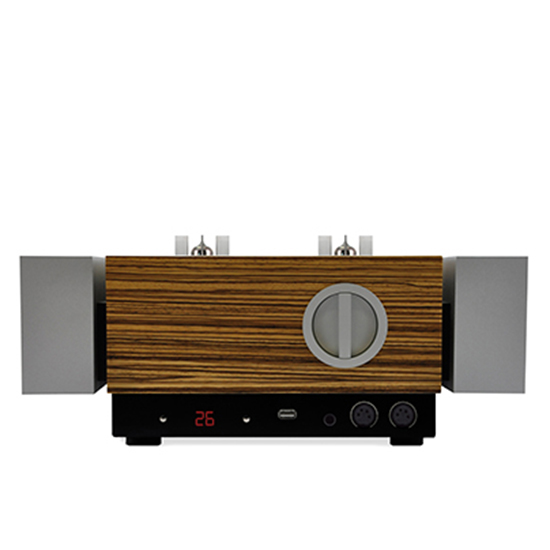INPOL, amplification starts over
The early theory influencing the whole INPOL project comes out to avoid any kind of general “output-input” back-feedback. It is claimed that, despite a fine developed back-feedback implies important benefits, it is considered always something “artificial”, which influences the sonic outcome and causes a loss of naturalness and “spikiness”.
A good project not including the use of back-feedback implies – on the other hand – a higher rate of conversion and a slightly poorer damping factor, to put up with naturalness and harmony of the actual signal.
INPOL was born from this design theory: developing a power stage without any back-feedback, featuring a limited distortion, and a satisfactory damping factor. For this purpose it has been used a single solid-state component in follower configuration, with hypothetical voltage gain = 1 and with high current gain. Polarization is in pure Class A to avoid crossover distortions, typical of Class AB stages.
Only solid-state NPNs are used, which are totally different from PNP ones; this difference could only be solved by back feedback. INPOL makes use of a big inducer as energy supply, which is driven by a transistor as a “controlled current generator”. In so doing the theoretical efficiency is doubled – from 25% to 50% – and low impedance is achieved, necessary to get a correct damping factor.
INPOL features an amplification factor of 1 when current is provided, so it “copies” the signal received from the input, without changing the harmonic content and keeping the signal naturalness unchanged.
The only task of INPOL is therefore supplying the necessary current for driving the loudspeakers perfectly. INPOL is a worldwide patent.


